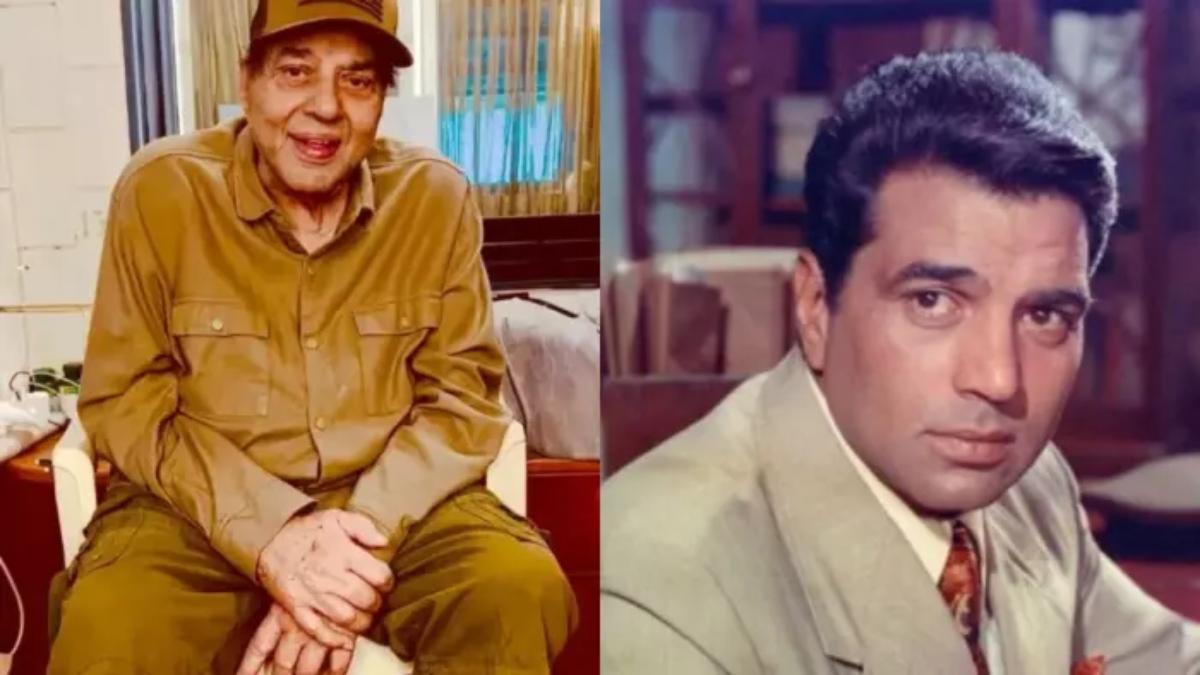Spain’s national art museum to unveil newly verified Caravaggio
Entitled ‘Ecce Homo’, the dark canvas depicts a bloodied Jesus wearing a crown of thorns just before his crucifixion


Madrid (AFP): A painting by Italian master Caravaggio, once mistakenly thought to be by an unknown artist and almost auctioned off, will be unveiled Monday at the Prado museum in the Spanish capital.
Entitled ‘Ecce Homo’, the dark canvas depicts a bloodied Jesus wearing a crown of thorns just before his crucifixion. It is one of around only 60 known works by the Renaissance artist.
A Madrid auction house had been due to sell the painting in April 2021 with an opening price of 1,500 euros ($1,627), mistakenly attributing it to an artist belonging to the circle of 17th century Spanish painter Jose de Ribera.
But just hours before it was to go under the hammer, the culture ministry blocked the operation on suspicion it was actually by Caravaggio, whose works are worth millions.
The ministry action came after the Prado museum sounded the alarm, saying it had “sufficient documentary and stylistic evidence” to suggest that the work was in fact by Michelangelo Merisi da Caravaggio.
The museum announced earlier this month that top experts have determined that the painting is “without a doubt, a Caravaggio masterpiece”, calling it “one of the greatest discoveries in the history of art”.
The painting has been restored and will be displayed to the public for the first time since it was confirmed as a Caravaggio at a press conference at the Prado museum on Monday. Experts who worked on its identification and restoration will take part.
Spanish media have reported that the new owner is a British national who lives in Spain and who paid 36 million euros ($39,056,000) for the painting, which may remain on public display after its run at the Prado for several months.
The painting “is not going to end up in the home of its buyer” who wants it to join “public collections, for the moment, on loan”, Jorge Coll, the lead of London art gallery Colnaghi which handled the sale, told Spain’s top-selling newspaper El Pais.
‘Had no doubt’
Painted around 1605-1609, the dark and atmospheric canvas is believed to have at one point been part of the private collection of Spain’s King Philip IV, before being exhibited in the apartments of his son Charles II.
One of the experts who took part in its authentication, art history professor Maria Cristina Terzaghi of Italian university Roma Tre, told AFP in a 2021 interview that when she saw a picture of the painting sent to her by WhatsApp by some art dealer friends, she “immediately realised it could be very important”.
She flew to Madrid to see the canvas and “had no doubt… it was clear it was a work by Caravaggio”.
For her, the evidence was ample: from “the head of Christ” to the glow of his torso, the colour of his cloak and “the three-dimensional nature of the three figures, who are offset in a transition that is almost cinematic”.
Caravaggio, who had a violent and chaotic life, pioneered the Baroque painting technique known as chiaroscuro, in which light and shadow are sharply contrasted.
Art historians use various methods to determine the legitimacy of an artwork, including forensic examination of the canvas and paint to determine its age, the technology and styles of the era it was created in, and the techniques of the artist or their students.

Chatbots are struggling with suicide hotline numbers
- 7 گھنٹے قبل

IHC summons Registrar Karachi University in Justice Jahangiri’s degree case
- 15 گھنٹے قبل

Control’s action-RPG sequel launches in 2026
- 7 گھنٹے قبل
Messi mania peaks in India’s pollution-hit capital
- 15 گھنٹے قبل

The biggest mosquito-borne disease in the world has a cure. There’s just one problem
- 5 گھنٹے قبل

Why Republicans in Congress are turning against Trump
- 5 گھنٹے قبل

Remember Google Stadia? Steam finally made its gamepad worth rescuing
- 7 گھنٹے قبل

Disney wants to drag you into the slop
- 7 گھنٹے قبل
Police recover gold from accused's husband in Dr Warda murder case
- 14 گھنٹے قبل
Australia plans tougher gun laws after police say father and son killed 15 at Bondi Beach
- 14 گھنٹے قبل
FIFA hails 5M WC ticket requests amid backlash
- 6 گھنٹے قبل
Govt slashes diesel price by Rs14 per litre
- 8 گھنٹے قبل






